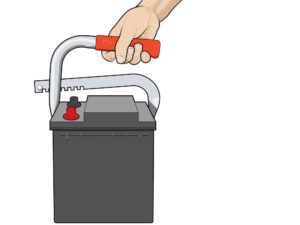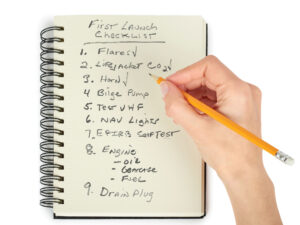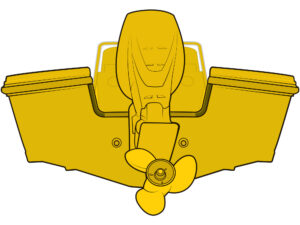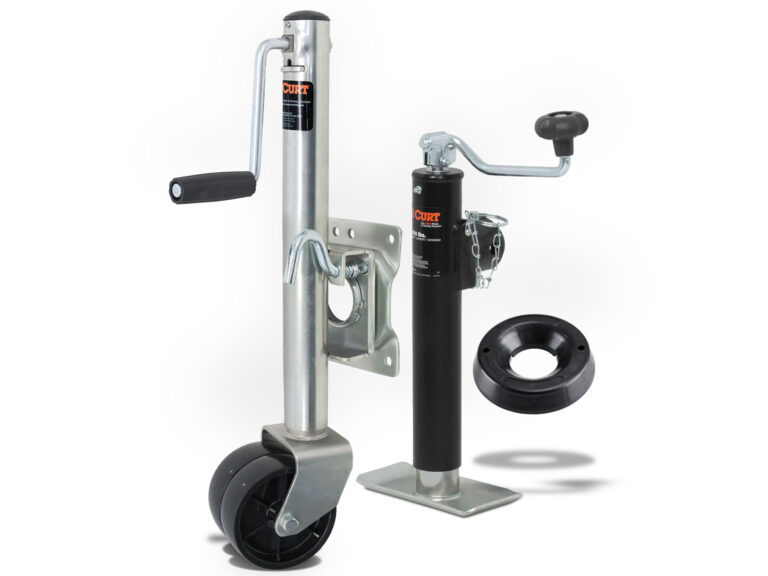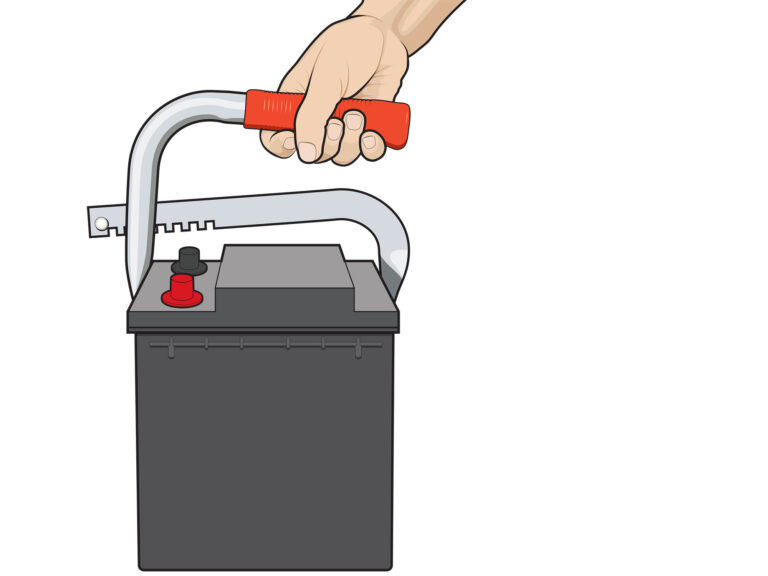If barnacles, slime and plant growth gain a foothold on your boat’s bottom, performance will suffer. Your best line of defense: antifouling paints. These come in a variety of types to suit different applications and budgets. For most boats, we recommend an ablative or self-polishing bottom paint. But even within that niche there are variables to consider, such as your location, how much you use your boat and how fast your boat is. Like most jobs, the key to success in applying antifouling paint lies with understanding the whole job and doing the right prep work. Use these tips before you start to paint.
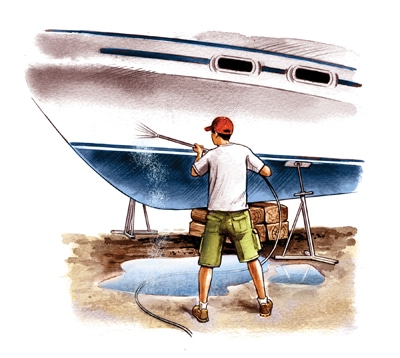
Previously Painted Boats
Blast into Action
Pressure washing ensures that all slime, barnacles and other growth are washed away. It will also remove much of the existing loose, flaking paint.
Off With the Old
Old paint that’s loose or flaking has got to go. Wear a dust mask or respirator and use a scraper to spot-clean. If there’s loose paint all over, do a stripping job. Chemical strippers like Interlux Interstrip 299E do the job. There’s also soda-blasting, which is more environmentally friendly. But you’ll have to call in the pros. Plan on paying around $175 per hour.
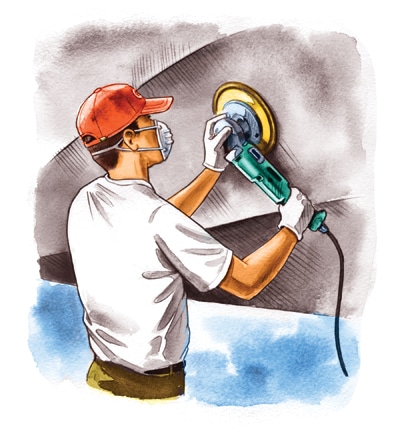
Boats with No Paint
Decontamination
If your boat’s new or has never been bottom-painted before, get rid of any wax or residue by using a solvent like Interlux Fiberglass Solvent Wash 202. Wipe on with a rag, folding it frequently so you don’t reapply the removed wax.
Sandman
Scuff the bottom with 80-grit paper. Wear a respirator and protective clothing and glasses, and use a sander with a vacuum connection. You may be able to adapt a sander by removing the dust bag and using a hose clamp or duct tape to attach a Shop-Vac hose. Never hold it in one place or you could go right through the gelcoat.
Decontamination II
After sanding, tack off using one of the aforementioned solvents, followed by a soap and water wash. After the bottom has dried, you’re ready to start rolling.
Learn more about stripping bottom paint with our step-by-step tutorial.


